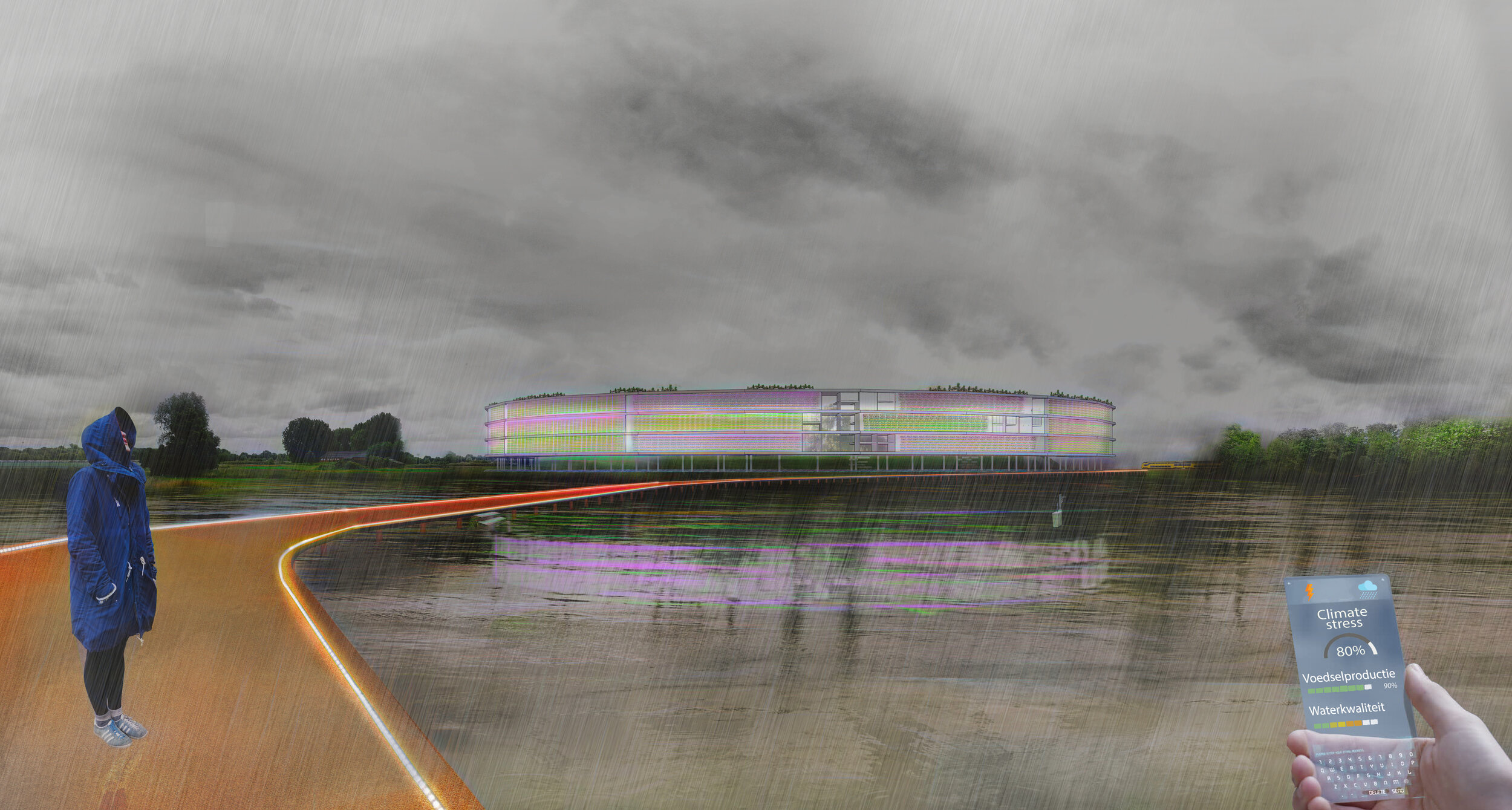city of the future
The project is part of a research group called ‘De Stad van de Toekomst’ (City of The Future) lunched by BNA, Delft University, Delta Metropool in collaboration with the municipalities of Amsterdam, Rotterdam, Utrecht, Den Haag and Eindhoven. The project has been supported by Dutch Ministry of the Interior and Kingdom Relations and the Ministry of Infrastructure and Water Management.
Location: Utrecht, The Netherlands
Team FIT: BASTA urbanism (Team leader), Bas Horsting , Prisca Arosio; Studio Pinar Balat, Pinar Balat; Daniel Casas Valle, stedenbouwkundige; SensorTeam, Gertjan de Vries; Mulier Instituut, Hugo van der Poel; Buro Teekamp, Raoul Teekamp; Karres+Brands landschapsarchitecten, David Kloet
Organizer: BNA Research, TU Delft, Gemeente Utrecht, Vereniging Deltametropool, Ministry of Interior and Kingdom Relations, Ministry of Infrastructure and Water Management
Link: BNA Stad de Toekomst
2018 - 2019
As cities are becoming more dynamic and free spaces areturning to densely built areas; the urban population is feeling more stressed and health concerns are rising.
The study “titled: Fit for the Future” focuses on the smart, healthy and (climate) adaptive cities, with an emphasis on sport and active exercises. The study location is at the eastern edge of Utrecht which looks at the development, in the year 2040.
The team believes that a good spatial integration of sport and movement in the urban-fabric can have many benefits to the future of the cities that creates healthier citizens. A population with both physical and mental health is a precondition for a successful, inclusive and prosperous city.
Below, there are some of our most important recommendations for arriving at inclusive, future-proof cities:
1. Putting the health matters of the urbanite on the Center-Stage.
2. A better connection of the city and landscape. City policies to turn selected areas to a hybrid zone where the transformation function of the city and landscape can be linked together.
3. Focus on zero-emission areas and link the mobility transition to health, by making room for healthy mobility in the broadest sense: walking, running, climbing, crawling, hopping, cycling, stepping, skating, roller blading, etc.
4. Encouraging the transition from traditional agricultural land use and closed sports clubs, to an open and accessible landscape, which offers space for sports, games, care, recreation, climate adaptation and biodiversity.
5. Design a new instrumentation policy that enables adaptivity in the use of space and it’s scaled up transition.
Book: City of the Future - Stad van de Toekomst
Auteur(s) : Paul Gerretsen, Edwin Buitelaar, Maurice Harteveld, Tom Daamen, Hedwig van der Linden, Hans de Boer, Roberto Cavallo, Jutta Hinterleitner, Fransje Hooimeijer, Ries van der Wouden
Published by BNA Onderzoek
ISBN : 9789492474193
















